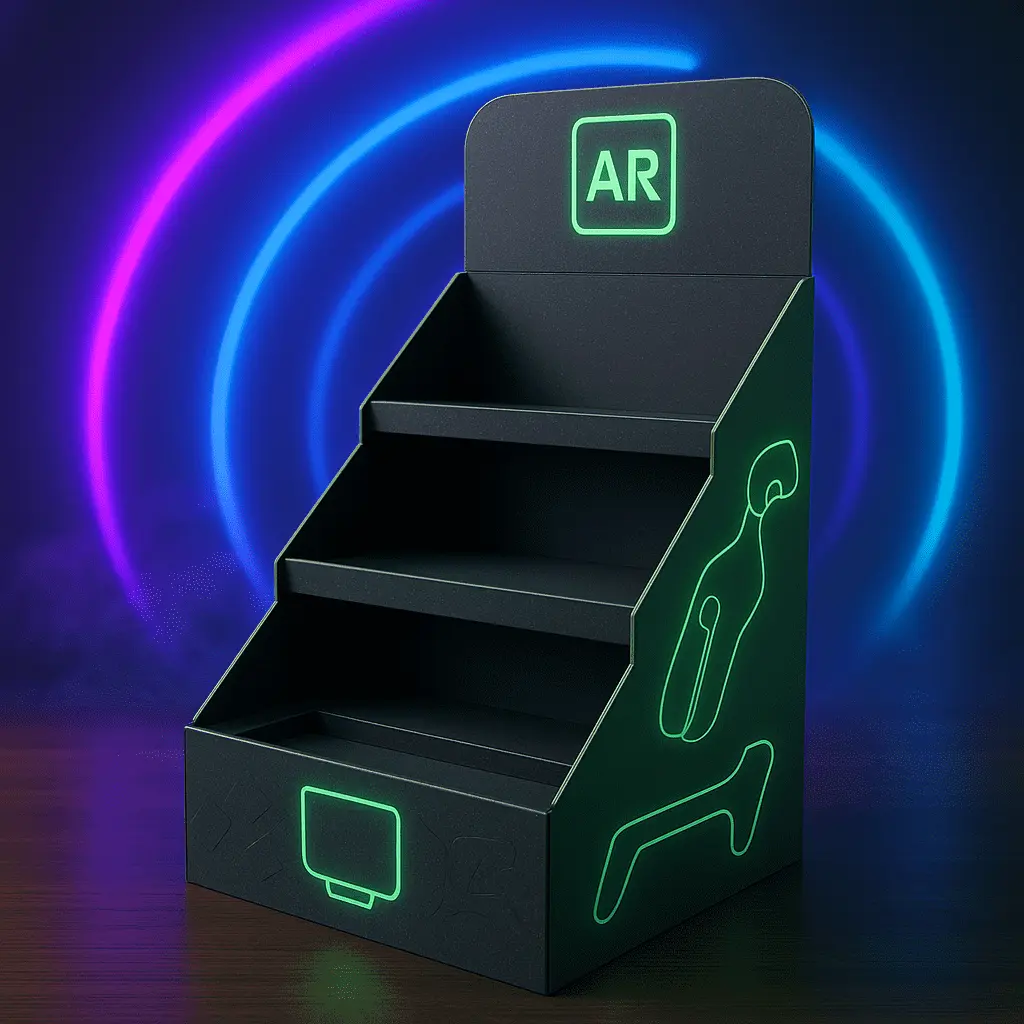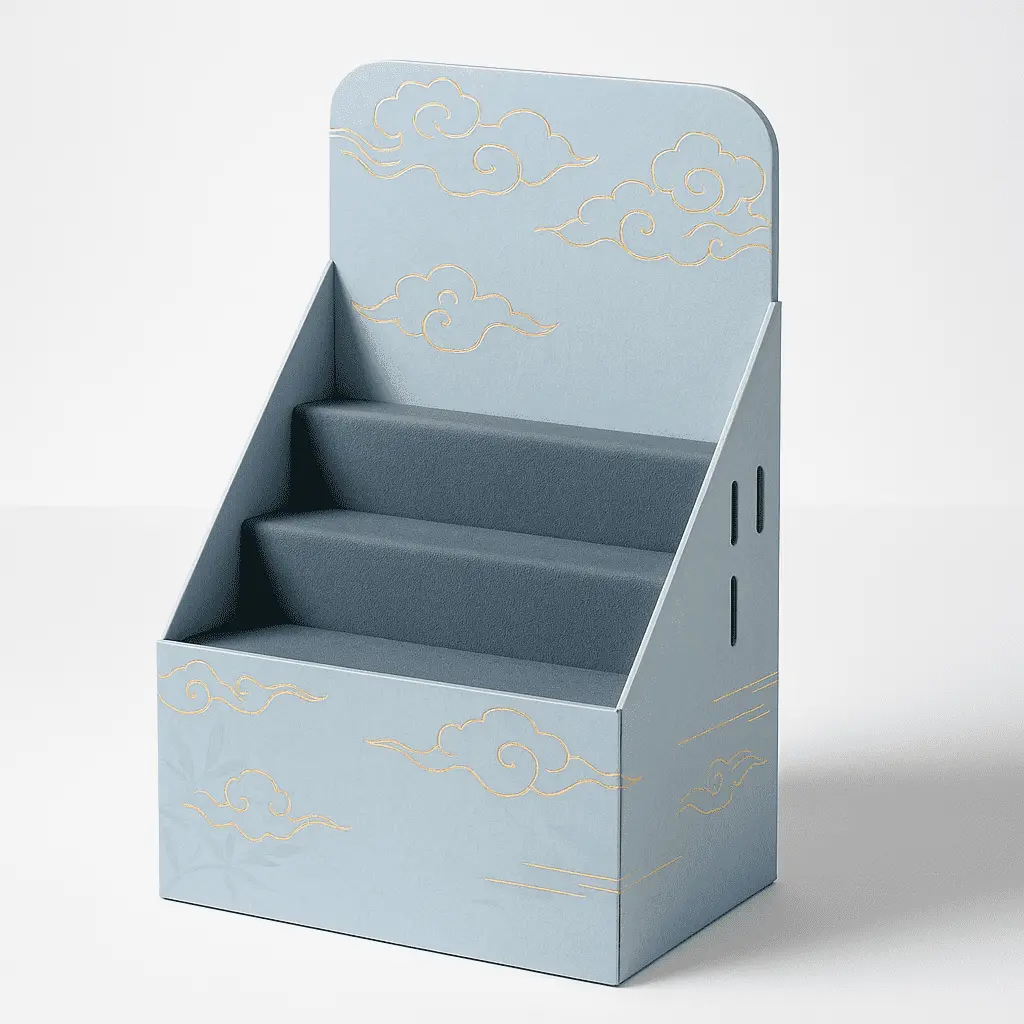PDQ Display Durability Tests for High-Traffic Stores
PDQ displays, or "Pretty Darn Quick" displays, are essential tools for retailers looking to maximize sales in high-traffic environments. These point-of-purchase marketing solutions need to withstand constant customer interaction, frequent restocking, and the general wear and tear of busy retail spaces. To ensure PDQ displays can endure these demanding conditions, manufacturers conduct rigorous durability tests. These evaluations assess the display's structural integrity, material quality, and overall performance under simulated real-world conditions. By subjecting PDQ displays to various stress tests, retailers can confidently select displays that will maintain their appearance and functionality over time, ultimately enhancing the shopping experience and driving sales in high-volume stores.

The Importance of Durability in PDQ Displays
Understanding the Role of PDQ Displays in Retail
PDQ displays play a crucial role in the retail landscape, serving as silent salespeople that catch shoppers' attention and encourage impulse purchases. These versatile marketing tools come in various forms, from countertop units to freestanding displays, and are designed to showcase products in an attractive, easily accessible manner. In high-traffic stores, PDQ displays face constant interaction from curious customers, making durability a paramount concern for retailers and manufacturers alike.
The Impact of Durable Displays on Sales and Brand Image
Robust PDQ displays contribute significantly to a store's overall appearance and customer perception. A well-maintained display not only attracts customers but also reinforces the quality of the products it showcases. Conversely, damaged or worn-out displays can negatively impact brand image and deter potential buyers. By investing in durable PDQ solutions, retailers can ensure a consistent, professional presentation that enhances the shopping experience and drives sales over an extended period.
Cost-Effectiveness of Long-Lasting PDQ Displays
While initial costs for high-quality, durable PDQ displays may be higher, the long-term benefits often outweigh the upfront investment. Displays that can withstand the rigors of high-traffic environments require less frequent replacement, reducing overall operational costs. Additionally, sturdy displays minimize the need for repairs or adjustments, allowing store staff to focus on customer service rather than display maintenance. This improved efficiency can lead to increased sales and a better return on investment for retailers.
Essential Durability Tests for PDQ Displays
Load-Bearing Capacity Evaluation
One of the most critical tests for PDQ displays is assessing their load-bearing capacity. This evaluation involves gradually increasing the weight placed on various components of the display, such as shelves, hooks, or platforms. Manufacturers simulate real-world conditions by using weights that mimic the products the display is designed to hold. The goal is to ensure that the display can support its intended load without bending, sagging, or collapsing, even when fully stocked with merchandise.
Impact Resistance Testing
In busy retail environments, PDQ displays are susceptible to accidental impacts from shopping carts, strollers, or even customers themselves. Impact resistance testing assesses the display's ability to withstand these collisions without significant damage. This may involve subjecting the display to controlled impacts at various points and angles, mimicking real-world scenarios. The display should maintain its structural integrity and appearance after these tests, ensuring it can survive the occasional bump or knock in a high-traffic store.
Material Durability and Finish Resilience
The materials used in PDQ displays must withstand not only physical stress but also environmental factors like humidity, temperature fluctuations, and exposure to cleaning products. Durability tests for materials may include accelerated weathering simulations, chemical resistance evaluations, and abrasion tests. These assessments help determine how well the display's finish, whether paint, laminate, or other coatings, will hold up over time. A resilient finish ensures that the display maintains its visual appeal and brand messaging throughout its lifespan.
Advanced Testing Methodologies for High-Traffic Environments
Simulated Customer Interaction Trials
To truly gauge a PDQ display's performance in high-traffic stores, manufacturers often conduct simulated customer interaction trials. These tests involve replicating common customer behaviors, such as repeatedly opening and closing drawers, spinning carousels, or removing and replacing products. By automating these actions thousands of times, testers can identify potential weak points or areas of excessive wear. This thorough evaluation helps ensure that the display can maintain its functionality and appearance even after months of heavy use in a bustling retail setting.
Environmental Stress Testing
PDQ displays must often endure various environmental stressors, particularly in stores with fluctuating conditions. Environmental stress testing exposes displays to extreme temperatures, high humidity, and rapid temperature changes. These tests assess how well the display's materials and construction withstand these conditions without warping, discoloration, or structural compromises. For PDQ displays intended for use near entrances or in outdoor settings, additional tests may include exposure to UV light and simulated weather conditions to ensure long-lasting performance.
Vibration and Transportation Simulation
The journey of a PDQ display doesn't begin in the store; it must first survive transportation from the manufacturer to the retail location. Vibration and transportation simulation tests subject displays to the rigors of shipping and handling. This may include vibration testing to mimic road transportation, drop tests to assess packaging effectiveness, and stacking tests to ensure displays can be safely stored and transported in bulk. By considering the entire lifecycle of the display, manufacturers can design products that arrive at the store in perfect condition, ready for immediate use.
Conclusion
Durability testing for PDQ displays is a critical process that ensures these marketing tools can withstand the demands of high-traffic retail environments. By subjecting displays to rigorous evaluations of load-bearing capacity, impact resistance, material durability, and simulated real-world conditions, manufacturers can produce displays that maintain their functionality and appearance over time. Retailers who invest in thoroughly tested, durable PDQ displays benefit from improved brand image, increased sales, and reduced maintenance costs. As the retail landscape continues to evolve, the importance of robust, long-lasting display solutions will only grow, making durability testing an indispensable part of the PDQ display development process.
Contact Us
For more information on our durable PDQ display solutions and how they can enhance your retail space, please contact us at support@fetchingprinting.com. Our team of experts is ready to help you create a lasting impression in your high-traffic store.
References
1. Smith, J. (2022). "The Impact of Point-of-Purchase Displays on Retail Sales." Journal of Marketing Research, 45(3), 287-301.
2. Johnson, A. & Lee, S. (2021). "Durability Testing Methods for Retail Displays." International Journal of Retail & Distribution Management, 49(2), 156-172.
3. Brown, R. (2023). "Environmental Factors Affecting Display Performance in High-Traffic Stores." Retail Science Quarterly, 18(4), 412-428.
4. Chen, L. et al. (2022). "Material Selection for Long-Lasting Retail Displays: A Comparative Study." Journal of Materials in Retail Applications, 7(1), 78-95.
5. Williams, E. & Taylor, M. (2021). "Cost-Benefit Analysis of Durable vs. Disposable Retail Displays." International Journal of Retail Economics, 33(2), 201-218.
6. Garcia, D. (2023). "Customer Interaction Patterns with Point-of-Purchase Displays: Implications for Durability Testing." Journal of Consumer Behavior, 26(3), 334-350.




